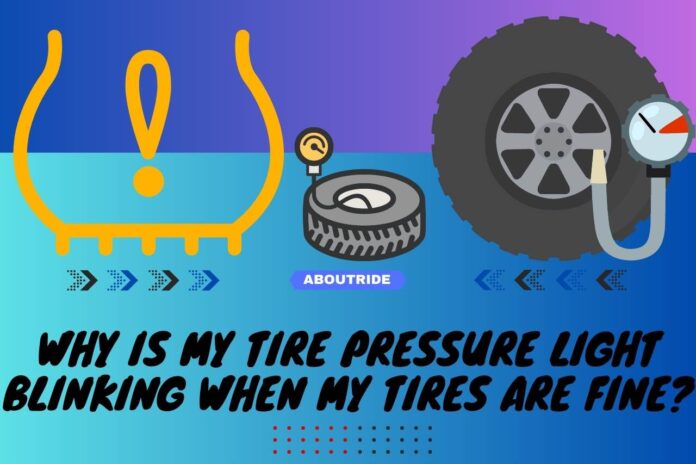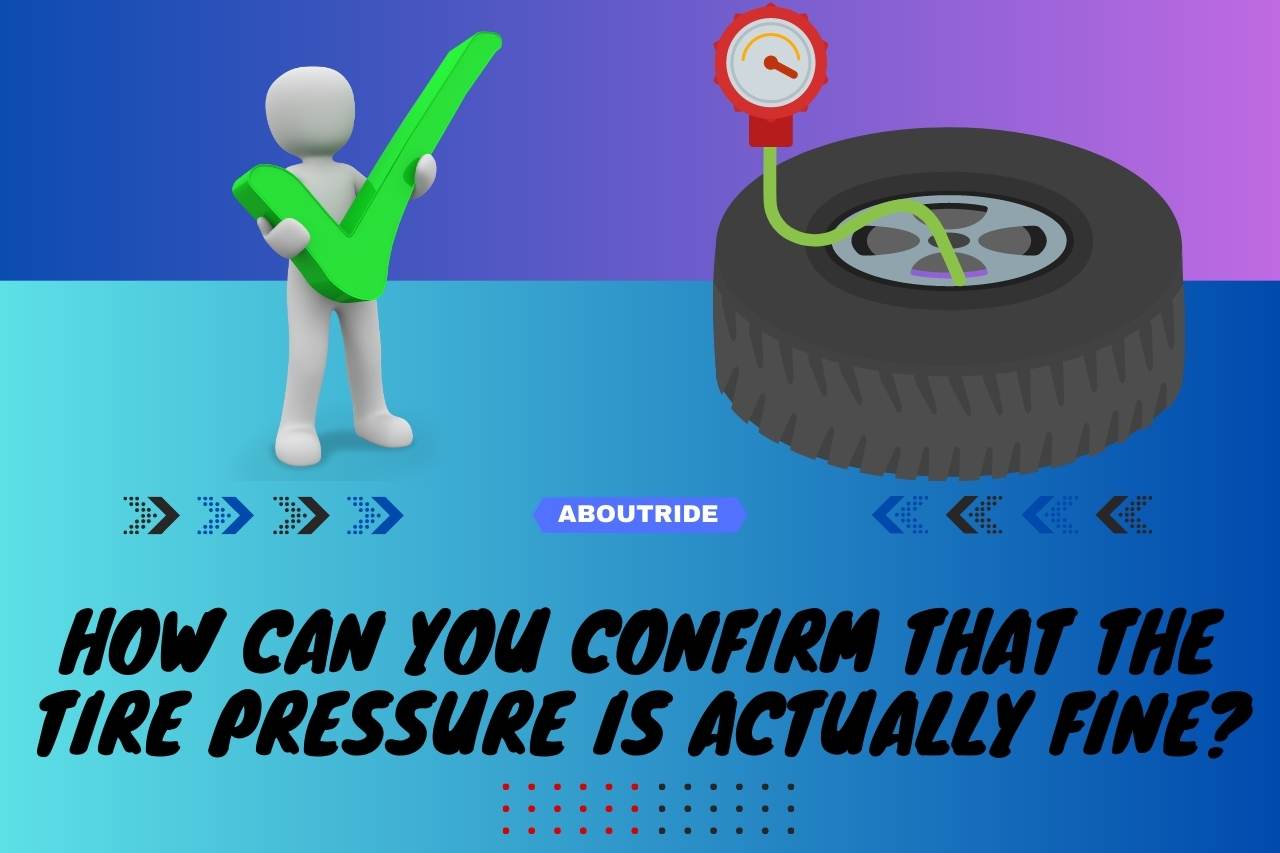Automobiles have warning light that flashes when there is a problem. This happens depending on the problem you’re experiencing. It’s important to know what triggers a loud warning and what causes a tire pressure monitor to blink. The causes of the tire pressure indicator are covered in this article, along with an explanation of why is my pressure light blinking when my tires are fine? We also discuss possible solutions to the problem and help you locate some of the most important questions so that you may have a safer ride.
How does the TPMS Work in a Vehicle?
The low tire pressure indicator for the TPMS is a glowing yellow symbol in the shape of a tire cross-section (which resembles a horseshoe) on the driver’s side instrument panel. Your car’s indicator light has a past.
Its beginnings can be found when drivers lacked knowledge about the proper tire pressure, which led to many fatal auto accidents that could have been prevented.
It’s believed that many cars still operate on underinflated tires. However, tire pressure monitoring to maintain tires properly will help avoid countless fatal collisions.
Should Tire Light be Flashing or Solid?
The tire pressure warning light will be solid if one or more of your tires are under-inflated. It serves as a reminder to check the air pressure in your tires and top them off with the suggested quantity as soon as feasible
Why is the Tire Pressure Light Blinking When the Tires Appear to be Fine?
A sensor measures the air pressure in each tire and relays that data to the TPMS. The tire pressure light could flash if one or more sensors malfunction.
One of the many reasons sensors malfunction is because they become damaged, have electrical problems or run out of battery power. TPMS calibration or reset may occasionally be required during a tire rotation or when new tires are mounted.
Due to incorrect calibration, the tire pressure indicator may flash even when the tire pressures are within the permissible range.
The TPMS sensors’ ability to link with the vehicle’s monitoring system can occasionally be hindered by external factors like electrical or radio frequency interference. The tire pressure light could blink incorrectly as a result of this interference.
How Can you Confirm that the Tire Pressure is Actually Fine?
-
Before you Begin to Drive, Check the Manufacturer’s Suggested PSI to See Whether Any of your Tires are Under (or over) Inflated
-
Uncap the Valve, then Adjust the Pressure Gauge
For one tire, the valve cover needs to be removed.
Press firmly on the valve stem once the hissing sound has subsided and the gauge has given a reading.
Record the tire pressure reading.
Now is the time to use the other tires.
-
If Required, Allow the Air Circulation
It is possible to deflate overinflated tires
Press a metal pin into the valve stem with a screwdriver to release air.
-
If more Air is Required, Add It
Use an air compressor to fill any under-inflated tires on your vehicle.
When the gauge reads the correct PSI (as recommended by your car manufacturer), tightly press the air compressor hose against the valve and stem and fill the tank.
Can I Drive with a Blinking Tire Pressure Light?
No, it is unsafe for drivers when the TPMS Light is on. This is due to tires is either too low or too high.
The correct pressure of the tire can be found in the owner’s manual or on a label on the door, trunk, or fuel door. For you and other drivers on the road, this could result in dangerous tire conditions such as increased tire wear, tire failure, and blowouts.
For additional directions on how to check your TPMS system, refer to your owner’s manual, as different manufacturers may have created their TPMS lights to react differently.
How Can I Tell If my Tire Sense is Bad?
Carefully inspect the tires before starting the car. When you realize your tires need to be inflated, check the indication.
It might not function properly if the TPMS sensor is dark. Your front tires’ low air pressure will make it difficult to control the wheel. Your vehicle won’t be steady and straight if your tires are mushy and underinflated.
There is an increased likelihood that this condition will result in an accident. Check the TPMS sensor if you experience wheel control issues.
There is not going to be any order. Your tire’s resistance to the road increases as it flattens. Therefore, for the car to move, greater traction is required. As a result, the engine will use more gasoline to gain more traction.
How Can a Tire Sensor Get Damaged?
Any accident or impact could harm the sensor, frequently found inside the tire. Sensor damage could occur by hitting a pothole, smashing into a curb, or being in an accident.
Due to prolonged exposure to moisture, salt, and other corrosive elements, certain sensor parts may degrade. The performance and accuracy of the sensor may be affected by corrosion. A tire’s sensor or valve stem may be harmed if fitted incorrectly or with too much force.
The sensor may be damaged if not handled carefully during tire repairs or replacements, or the tire professional may require additional training when working with TPMS sensors.
Watch this one,
Video Credits – Silver Cymbal
You May Also Like

